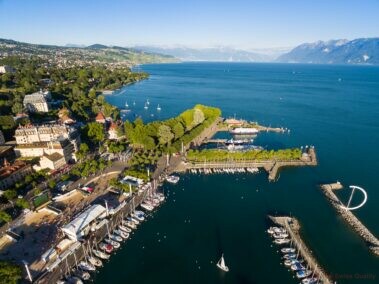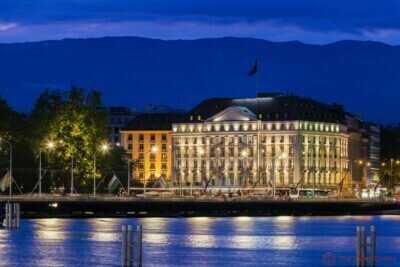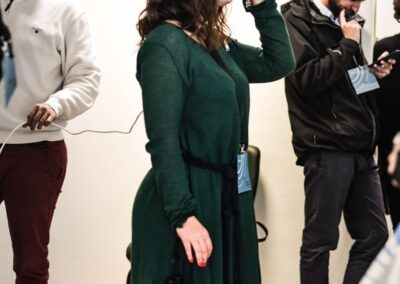Leadership as Sculpture and Architecture: Understanding the Timeless Resilience of Leadership in the Business Landscape
As business executives, mid-level managers, and entrepreneurs navigate the ever-evolving landscape of corporate leadership, the analogy of sculpture provides profound insights. The quote “I used to think that the great thing about sculpture was that, like Stonehenge, it was something that stood against time in an adamantine way, and was an absolute mass in space. Now I try to use the language of architecture to redescribe the body as a place” serves as a compelling metaphor for redefining leadership within the context of change management, effective communication, and the integration of Generative Artificial Intelligence (GAI).
Leadership as Sculpture: An Adamantine Presence
Traditionally, sculpture has been perceived as an enduring form, much like the steadfast stones of Stonehenge. In the realm of leadership, this adamantine quality represents the unwavering presence and resilience required to steer organizations through the tides of change. Executives must embody the essence of sculpture, standing firm against the tests of time and uncertainty.
The Evolution of Leadership Language
The shift from viewing leadership as a static sculpture to using the language of architecture signifies a transformation in perspective. Instead of a rigid, unchanging structure, leaders now understand the necessity of flexibility and adaptation. This evolution in language is particularly relevant in the context of change management, where leaders must be architects of transformation rather than guardians of tradition.
Change Management: Sculpting the Future of Business
Change is the constant in the business world, much like the shifting forces that shape a sculpture over time. Effective change management requires leaders to be both sculptors and architects, molding their organizations to meet the demands of the future. Embracing change as a natural evolution is key to sculpting a resilient, future-ready business.
The Body as a Place: Effective Communication and Leadership Presence
Redescribing the body as a place suggests an intimate and interconnected relationship between leaders and their teams. Effective communication becomes the architectural language through which leaders create a shared space for collaboration, innovation, and growth. Leaders must articulate a vision that transcends words, much like a sculptural form that communicates without uttering a sound.
Effective Communication: Sculpting a Shared Vision
Just as a sculptor communicates through the language of form, leaders communicate through the artistry of language. Effective communication is the sculpting tool that shapes ideas, aligns teams, and carves out a shared vision. The ability to convey complex concepts with clarity and resonance is a hallmark of leadership that stands the test of time.
Generative Artificial Intelligence (GAI): Integrating the Sculptural with the Architectural
The integration of Generative Artificial Intelligence (GAI) into leadership practices bridges the gap between the sculptural and the architectural. GAI serves as a dynamic tool, sculpting data into meaningful insights while allowing leaders to architect strategic decisions based on these insights. This fusion embodies the synergy of tradition and innovation.
GAI in Leadership: Sculpting Data, Architecting Strategy
Just as a sculptor chisels away imperfections to reveal the inherent beauty of a stone, GAI refines data, uncovering patterns and trends. Leaders, equipped with these insights, then take on the role of architects, designing strategies that align with the organization’s goals. The collaboration between human intuition and artificial intelligence becomes the cornerstone of effective leadership.
Leadership as an Ever-Adapting Sculpture
Leadership, viewed through the lens of sculpture and architecture, is not a static monument but a dynamic, ever-adapting creation. It requires the resilience of stone and the adaptability of architectural design. In the face of technological advancements, societal shifts, and global challenges, leaders must embrace the sculptural and architectural dimensions of their roles.
Embracing the Dual Nature of Leadership
As leaders aspire to embody the qualities of enduring sculptures and visionary architects, they navigate the delicate balance between tradition and innovation. By embracing the dual nature of their roles, leaders sculpt organizational cultures that stand against time while architecting futures that are both robust and adaptive.

























